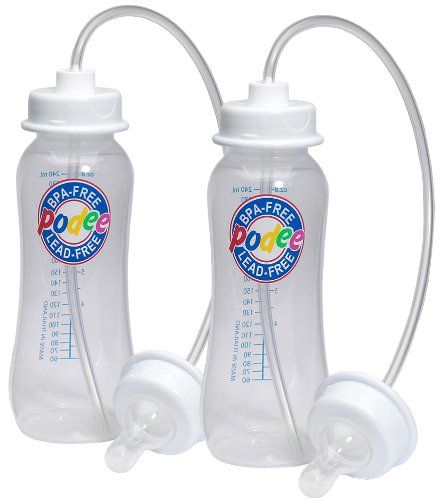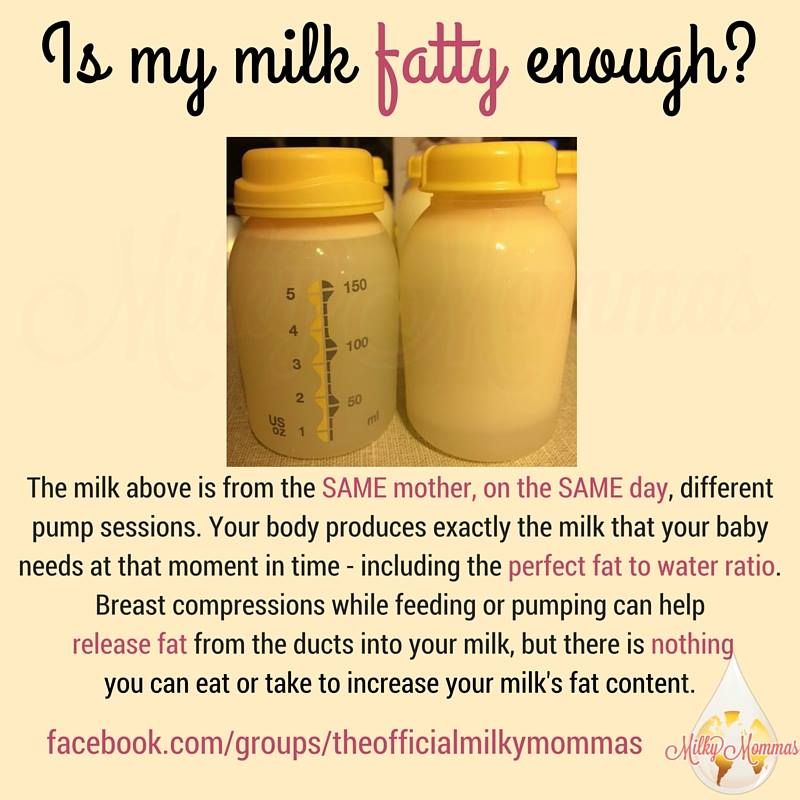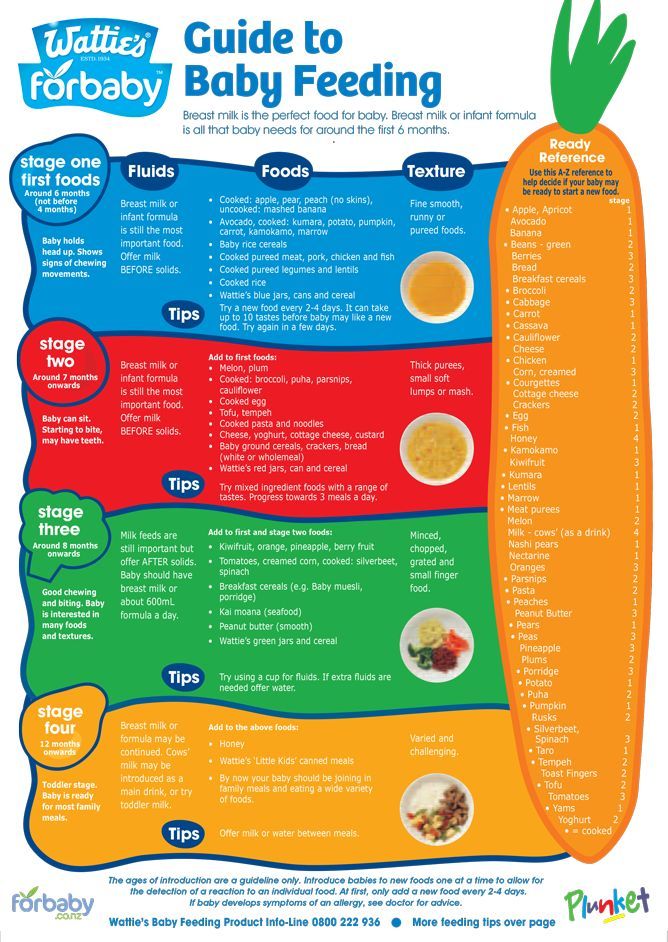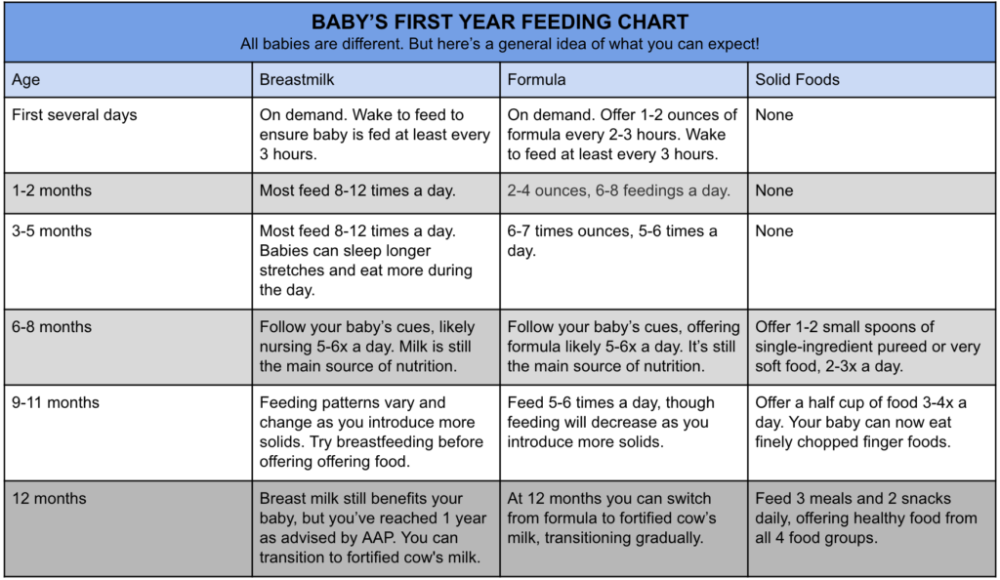How to steam vegetables for baby finger food
Top 10 Foods for Plant-based Baby Led Weaning
When my twins were babies (they’re 9 now), I did the whole pureed baby food thing. It was fun, I guess, but it required SO much work! That’s because I made it all at home from scratch. There was cooking, blending, even straining at the beginning. And then for each meal I would sit them in their highchairs, and spoon feed mush into their mouths. Actually, I like those memories, and it was a fine way to go! 🙂 If you are going the pureed route, that is just fine! I had never even heard of Baby Led Weaning back then.
Then, when my little guy (now almost 2) reached 6 months, I thought I’d probably do the same thing. I offered him some pureed food, he turned it down. Again, and again, and again. Those pouches? No thanks! He was always grabbing the rest of the family’s food, he wanted no part in “baby food”.
So I started searching and learned about Baby Led Weaning, which is not really weaning, more like Baby Self-Directed Feeding. I was nervous about choking, but he seemed to know what he was doing. So I approached the whole thing very slowly and carefully. And you know what? It was kind of awesome. He has been feeding himself ever since, and he is SUCH a fantastic eater.
I’m not sure if there is any connection, but he is by far my least picky eater. My older son had a really hard time switching from purees to table food. He loved the mush, and then became SO picky when the mush was gone. He loved pureed blueberries, squash, peas, broccoli, but wouldn’t touch the whole food version. So I’m a big fan of this way of feeding babies!
What is Baby Led Weaning all about?
- Baby has the freedom to explore food at his or her own pace. They are offered appropriate finger foods and allowed to explore textures and taste as they desire.
- Baby can choose how quickly (or slowly) to eat, how much to eat and what they want to eat.
- I’ll be honest, it can be very messy! I had to clean the highchair and the floor after every meal for months! But it was worth it.
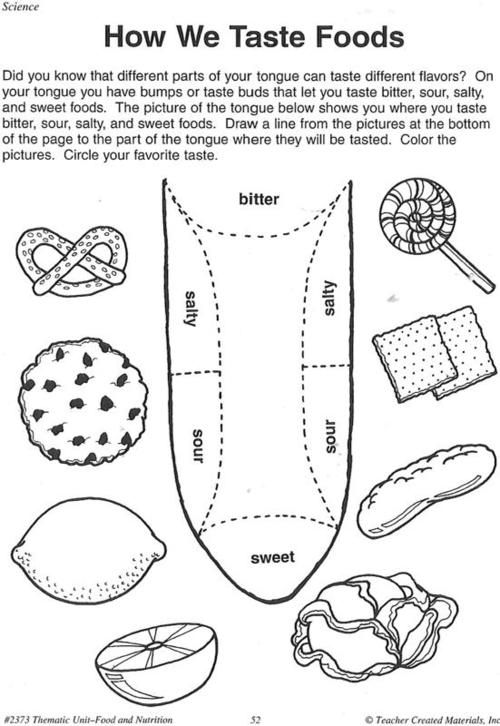 🙂
🙂
You can get the book here: Baby-Led Weaning: The Essential Guide. My only problem with the book and most everything else out there on this topic is that it’s really hard to find plant-based recipes and guidance.
TOP 10 foods for plant-based baby led weaning:
I am by no means a Baby Led Weaning expert, but these were my favorite foods to feed my son when he was just starting to eat. I was not one to give my 6 month old a raw apple, I was very careful to feed him only very soft foods for quite a while, and that’s what I would recommend.
1. Banana: The perfect first food for baby. Make sure to feed your baby ripe bananas, as the greener ones will be too hard for young babies to handle. When baby is young (6-12 months) and before they have mastered the pincer grasp, this is a great way to offer the banana to them. Carefully slice an inch off the peel. This way your baby can grip the banana and munch off the top part.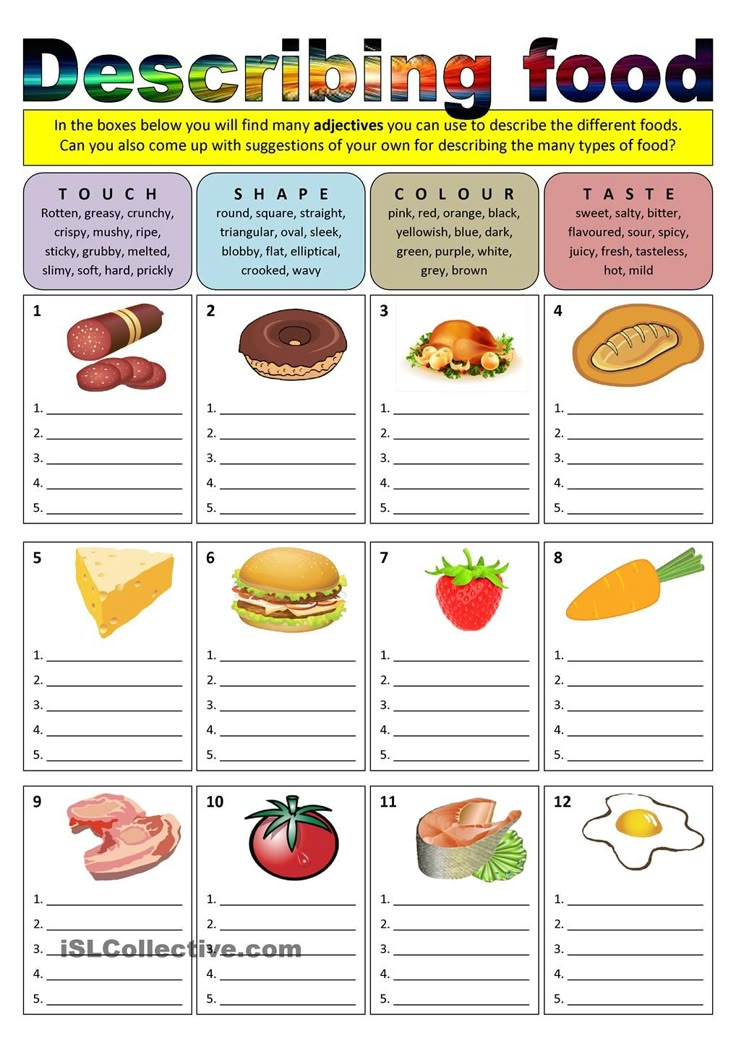 As they eat it, just cut off more of the peel and hand it back to baby.
As they eat it, just cut off more of the peel and hand it back to baby.
2. Avocado: This is also a great first food for baby! My favorite way to feed my baby avocado is in slices, without the peel. I saw several videos where people were giving their baby avocado slices with the peel on to help with grip, but I tried it once and he managed to get some of the peel in his mouth which scared me, so I never did that again. This is so messy at first, but babies love it!
3. Pears: Peel the pear for a young baby, and only give it super ripe. If it’s ripe enough, you can also steam it for a few minutes to soften it. Give the pear in slices or even whole with some of the pear peeled.
4. Steamed carrots: Peel and cut the carrots into sticks. Steam for 8-10 minutes until very soft. Let cool before serving. You can also roast the carrot sticks. I would use a little spray of olive oil or water to make sure they stay moist and don’t get super crispy or chewy.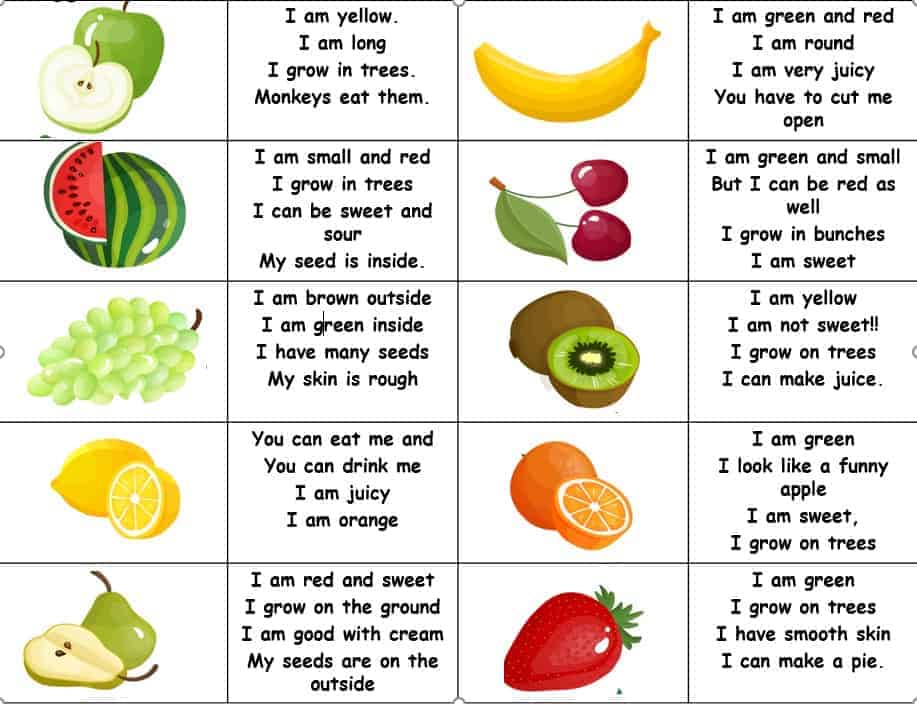 Roast at 375 degrees for about 20 minutes, or until very soft.
Roast at 375 degrees for about 20 minutes, or until very soft.
5. Broccoli: Steam broccoli florets for 8-10 minutes, until very soft. Let cool and serve. This was a favorite of my baby for a long time, then he decided he wouldn’t touch it, and now he likes it again!
6. Cooked Zucchini: Cut the zucchini into half moons and steam for 5-6 minutes. You could also saute in a little olive oil for a few minutes or roast in the oven. Just make sure it’s soft enough for baby.
7. Cooked apples: I know some Baby Led Weaning people are giving young babies raw apples whole, but I would not recommend it. I just started giving my nearly 2 year old raw apple slices and pieces a few months ago. Instead, peel the apple, cut into slices baby could hold, and cook until soft. You can do this on the stovetop and steam them, or place them in a bowl, add a little water to almost cover, and heat in the microwave for 2-3 minutes.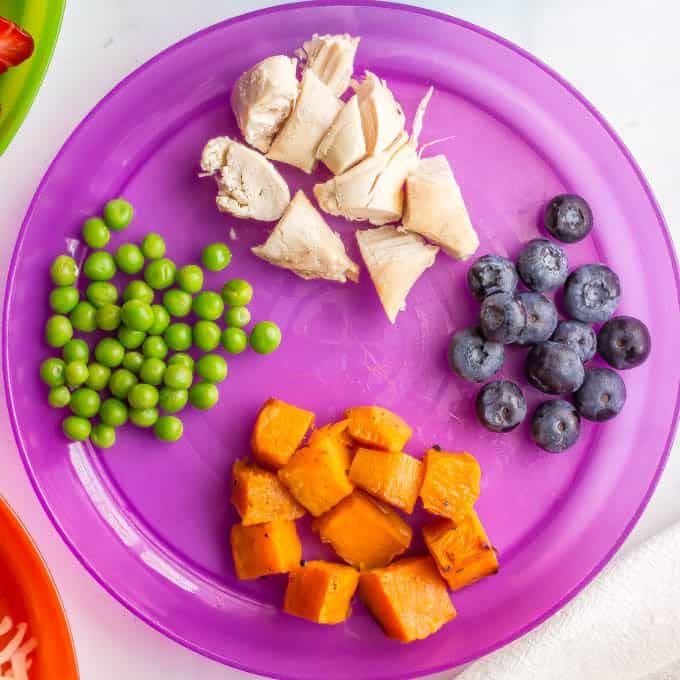 For extra deliciousness, sprinkle on some cinnamon.
For extra deliciousness, sprinkle on some cinnamon.
8. Sweet Potatoes: Another favorite here! My little one is still obsessed with sweet potatoes. Peel and cut into thick strips and roast at 375 degrees for 30 minutes, or until cooked through and soft. You can also peel and cut into rounds and bake.
9. Watermelon: The best way to serve baby watermelon is in little sticks like the photo above. You can also just do chunks, but I found this way to be the most manageable for a young baby. Make sure there are NO black seeds in there.
10. Oatmeal Fingers: These are just the best thing ever for a baby. See this recipe for detailed instructions. Mash 1/4 of a banana in a microwave safe bowl. Add 1/4 cup quick oats, 1/4 cup almond/soy or even breast milk and maybe a sprinkle of cinnamon. Microwave for 2 minutes, let cool, and cut into strips baby can pick up.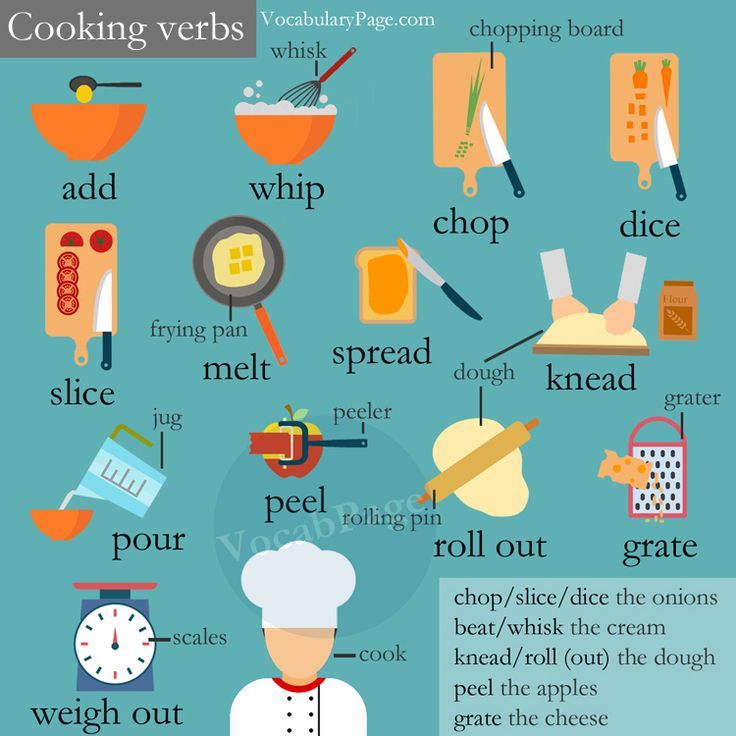 This is still my son’s breakfast every morning, though I double it now that he’s older and sometimes add hemp/flax seeds, apples and raisins.
This is still my son’s breakfast every morning, though I double it now that he’s older and sometimes add hemp/flax seeds, apples and raisins.
safety considerations:
- Remember to consult with your child’s pediatrician before starting any solid food introduction and discuss any allergy risks with them.
- Avoid high-risk choking foods such as grapes, cherry tomatoes, popcorn and nuts.
- Don’t add salt to food or feed baby foods with salt in them.
- Don’t feed babies under 1 honey or foods made with honey (like honey wheat bread, for example)
- Understand the signs of choking and how to respond if your baby does choke. Take a class, or at least do some online education.
We are a participant in the Amazon Services LLC Associates Program, an affiliate advertising program designed to provide a means for sites to earn advertising fees by advertising and linking to amazon.com. Read my full disclosure here.
About Nora
Read more about Nora
Posted In: Helpful Guides
you may also like:
Best Early Finger Foods for Baby (With Tips, Visuals, and Recipes)
Use this list of safe, nutritious, and easy to eat finger foods for baby to help you know exactly what (and how) to offer at meals and snacks. Plus, find the best first finger foods, troubleshooting tips, and visuals of foods broken down by food group to keep things easy!
Plus, find the best first finger foods, troubleshooting tips, and visuals of foods broken down by food group to keep things easy!
Finger Foods for Baby
After baby starts solids and is ready to move onto finger foods, you may feel a little confused by exactly what to serve and how to serve it. Which is totally normal because it can be scary to let baby feed themselves this way and we may not have any experience doing this—or we may have totally forgotten from our last kiddo!
This list of finger foods for baby will cover some great first finger foods to start with, then set you up with plenty of healthy options from each food group.
TIP: Find more info on starting solids here and the best foods to start with if doing baby led weaning or purees with baby.
Healthy Baby Food
I love sharing these ideas for baby food since they are easy to prepare and serve and because I know how hard it can be to continue to come up with flavorful and healthy meals and snacks for our little ones.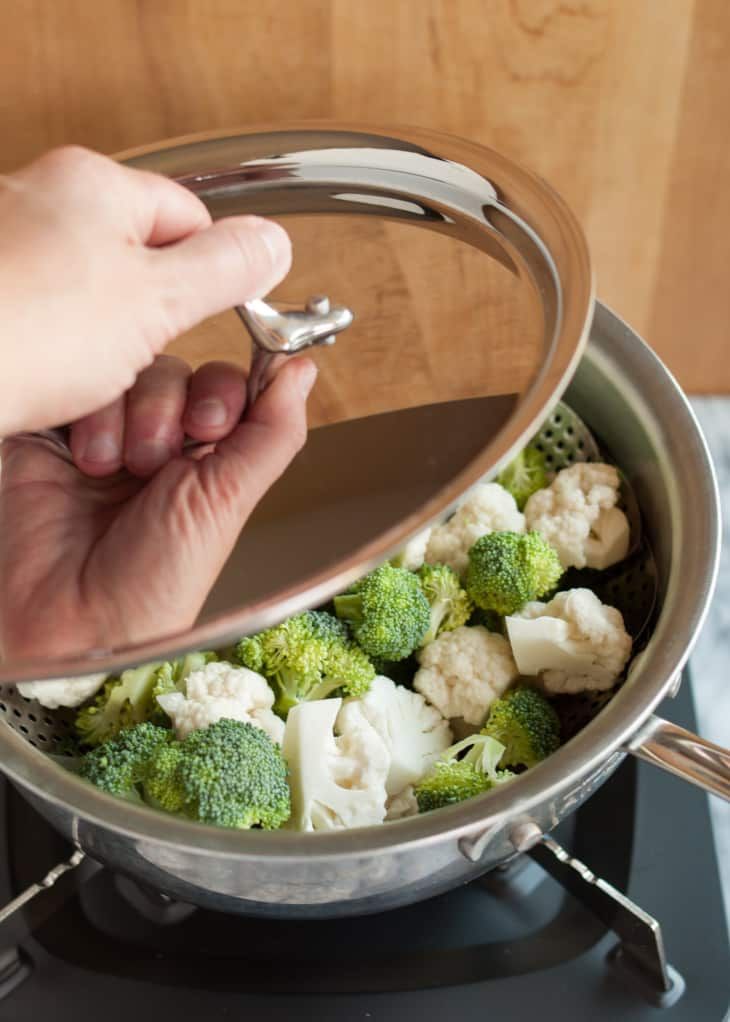 Let me tell you, I’m on my third kiddo and it can be such a challenge to feed him during the chaos of parenting the rest of my crew! These foods are wholesome and nutritious—perfect for your baby.
Let me tell you, I’m on my third kiddo and it can be such a challenge to feed him during the chaos of parenting the rest of my crew! These foods are wholesome and nutritious—perfect for your baby.
TIP: I’m a big fan of SpoonfulONE, a company that offers the most complete way to introduce food allergens to our kids. They make mix-ins, puffs, and crackers that are yummy and easy for babies and toddlers to eat. Learn more about their pediatrician-approved baby foods here. (sponsored link)
Best First Finger Foods
When baby is around 9 months, you’ll notice that they’re able to pick up smaller pieces of food with two fingers. This is known as the “pincer grasp” and is a sign that they’re ready to start finger foods. To be clear, when I say “finger foods” I mean small pieces of food that a baby (or toddler) can feed themselves.
Here are some of my favorite ones to start with that are all super soft, safe to eat, and easy to pick up.
- Scrambled egg, broken up into small pieces
- Roasted sweet potato mashed and broken up into small pieces
- Fresh raspberries, broken up into smaller pieces
- Oatmeal, cooked according to package directions and allowed to cool
- Tofu, diced and sauteed lightly or steamed
- Ground beef, chicken, or turkey, broken up into small pieces or lightly mashed meatballs
- Shredded cheese or crumbled goat cheese
- Mashed sweet potato, in little pieces
- Peanut butter puffs
TIP: You can serve the tofu, ground meat, or meatballs in veggie puree from a pouch or a simple marinara sauce for extra moisture and flavor.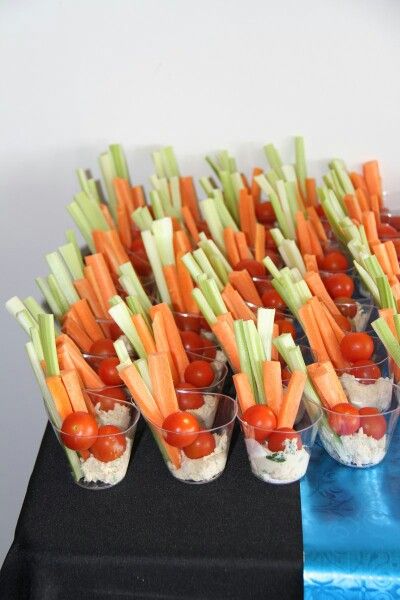 Learn more about how and why to introduce peanut butter.
Learn more about how and why to introduce peanut butter.
Finger Foods for Baby: Fruits and Veggies
Some of my favorite early fruits and veggies to serve babies are:
- Mashed roasted sweet potato, broken up into small pieces
- Warmed frozen peas, slightly mashed if desired
- Roasted Zucchini
- Diced Roasted Sweet Potato or Butternut Squash
- Fresh blueberries, cut in half or quarters
- Fresh raspberries, broken into small pieces
- Banana, broken into small segments (they are less slippery this way versus slicing them)
- Avocado, diced and mashed slightly (be sure it’s ripe and very soft)
TIP: A good rule of thumb is to serve pieces of food that are about the size of a pea to start and soft enough that they are easy to squish between your fingers. This will be easy for baby to pick up and eat and will also reduce chances of choking.
Finger Food Ideas: Carbohydrates
Offering complex carbohydrates can provide fiber, a variety of textures, B vitamins, and more.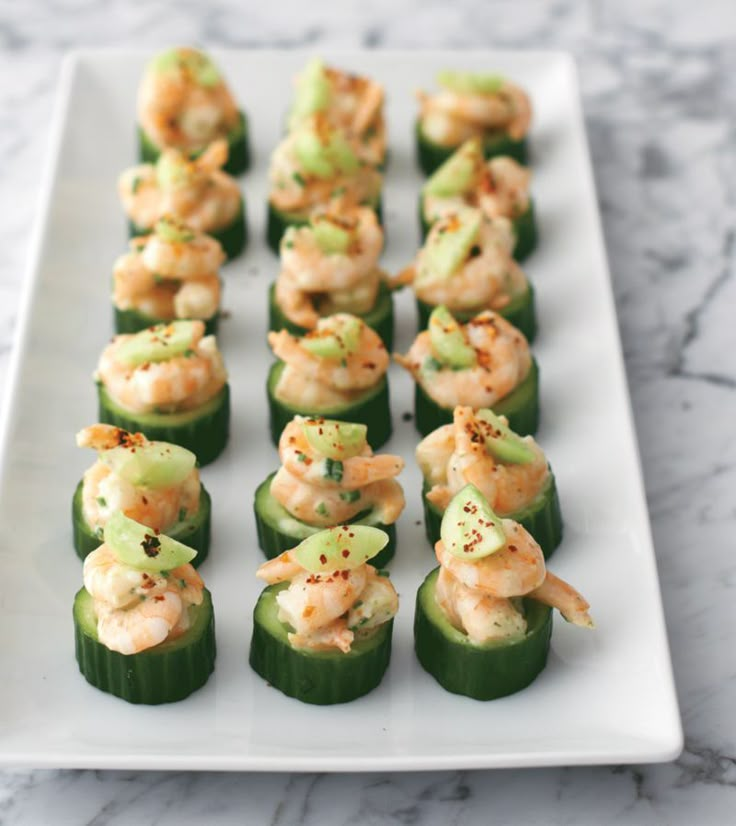 Try these with your baby.
Try these with your baby.
- Spinach pancakes (moisten with applesauce or plain yogurt if needed; this recipe is particularly moist and great for babies)
- Oatmeal, cooked according to package directions and allowed to cool
- Baby Puffs
- Peanut Butter Puffs
- Rice (it’s easiest if it’s in little clumps so baby can pick it up; this Coconut Rice or this Cheesy Rice are both good options)
- Baby Banana Muffin
- O cereal (soften in nondairy unsweetened milk or yogurt as needed)
- Baked Oatmeal, diced
Finger Food Ideas: Proteins
Offering proteins will continue to expose baby to a range of nutrients. These are my go-tos for babies newer to finger foods—and toddlers too.
- Shredded cheese (thicker cuts are a little easier to pick up)
- Tofu, diced and sauteed lightly or steamed
- Flaked cooked wild salmon
- Lightly mashed meatballs
- Shredded chicken, cut up finely (we love this Butter Chicken to share with baby)
- Ground beef, turkey, or chicken, broken into smaller pieces
- Lightly mashed beans
- Scrambled eggs, broken up into small pieces
- Diced egg muffins
I’d love to hear any questions you may have, or if you have foods that your babies enjoy that I didn’t include here.
 Chime in below in the comments!
Chime in below in the comments!Prep Time 5 minutes
Cook Time 5 minutes
Total Time 10 minutes
Author Amy Palanjian
Cuisine American
Course Baby Food
Calories 124kcal
Servings 1
First Finger Foods (choose 1-3 per meal)
- ▢ 1 Scrambled egg (broken up into small pieces)
- ▢ 1/4 cup Roasted sweet potato, mashed and broken up into small pieces
- ▢ 1/4 cup Fresh raspberries (broken up into smaller pieces)
- ▢ 1/4 cup Oatmeal (cooked according to package directions and allowed to cool)
- ▢ 2 tbsp Tofu (diced and sauteed lightly or steamed)
- ▢ 2 tbsp ground beef, chicken, or turkey, broken up into small pieces or lightly mashed meatballs
- ▢ 2 tbsp shredded cheese or crumbled goat cheese
- ▢ 1/4 cup Mashed sweet potato (broken into little pieces)
- ▢ 1/4 cup Peanut butter puffs
Fruits and Veggies
- ▢ 1/4 cup mashed roasted sweet potato (broken up into small pieces)
- ▢ 1/4 cup warmed frozen peas
- ▢ 1/4 cup Roasted Zucchini
- ▢ 1/4 cup diced Roasted Sweet Potato or Butternut Squash
- ▢ 1/4 cup blueberries (cut in half or quarters)
- ▢ 1/4 cup raspberries (broken into small pieces)
- ▢ 1/4 cup banana slices (broken into small segments—they are less slippery this way versus slicing them)
- ▢ 2 tbsp avocado (diced and mashed slightly—be sure it's ripe and very soft)
Whole Grains and Carbohydrates
- ▢ 1 Spinach pancakes (moisten with applesauce or plain yogurt if needed; this recipe is particularly moist and great for babies)
- ▢ 1/4 cup Oatmeal (cooked according to package directions and allowed to cool)
- ▢ 1/4 cup Baby Puffs
- ▢ 1/4 cup Peanut Butter Puffs
- ▢ 1/4 cup fully cooked rice (it's easiest if it's in little clumps so baby can pick it up; this Coconut Rice or this Cheesy Rice are both good options)
- ▢ 1 Baby Banana Muffin
- ▢ 1/4 cup O cereal (soften in nondairy unsweetened milk or yogurt as needed)
- ▢ 1/4 cup Baked Oatmeal (diced or regular oatmeal broken into little pieces)
Dairy
- ▢ 2 tbsp Shredded cheese (such as mozzarella)
- ▢ 2 tbsp Tofu (diced and sauteed lightly or steamed)
- ▢ 2 tbsp flaked cooked wild salmon
- ▢ 1 lightly mashed meatballs
- ▢ 2 tbsp finely shredded chicken (we love this Butter Chicken to share with baby)
- ▢ 2 tbsp ground beef, turkey, or chicken (broken into smaller pieces)
- ▢ 2 tbsp lightly mashed beans
- ▢ 1 Scrambled egg (broken up into small pieces)
- ▢ 1 Diced Egg muffins
For each meal or snack, choose 2-3 foods from a mix of food groups.
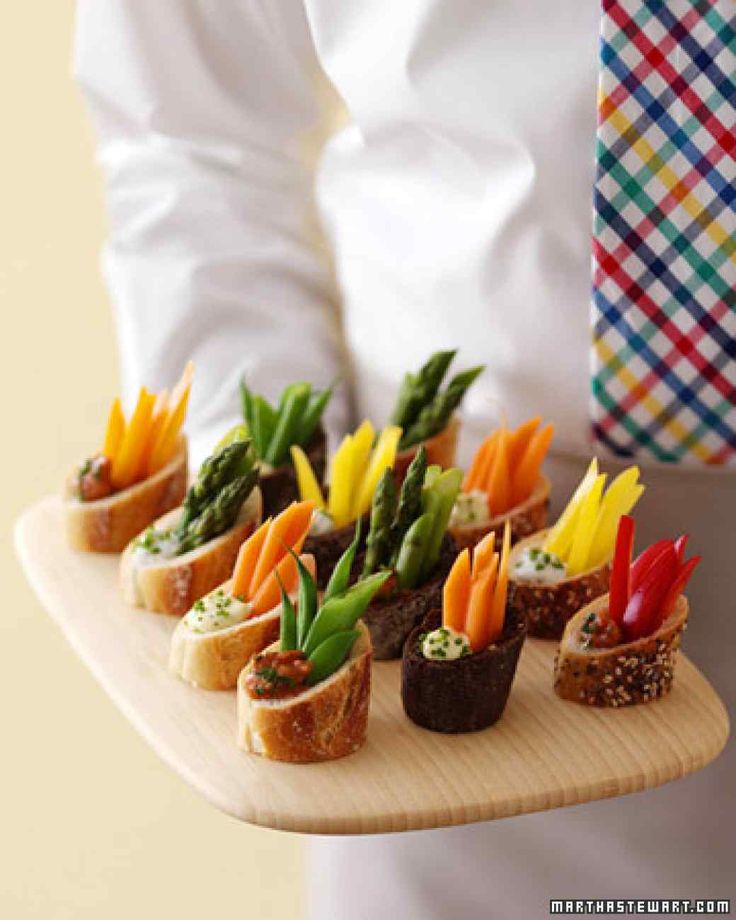 Aim to include some fat in most meals and protein in many too.
Aim to include some fat in most meals and protein in many too.Prepare the food, cutting into small pieces and/or mashing as needed to make the food easy to eat.
Start with small portions and allow more as baby indicates according to their hunger.
- Store leftovers in an airtight container for 3-5 days in the fridge.
- Many foods you cook for your family will work as baby finger foods—just be sure they are easy to squish between your fingers and the pieces are small and easy to chew.
- Babies very normally make a lot of faces when they eat, so don't assume they don't like something just because they scrunch their nose!
- Flavors and textures can take time to learn to eat, so continue offering foods in small portions even if baby hasn't liked them in the past—and make sure they taste good to you!
Calories: 124kcal, Carbohydrates: 14g, Protein: 7g, Fat: 4g, Saturated Fat: 1g, Polyunsaturated Fat: 1g, Monounsaturated Fat: 2g, Trans Fat: 1g, Cholesterol: 164mg, Sodium: 81mg, Potassium: 344mg, Fiber: 4g, Sugar: 5g, Vitamin A: 9857IU, Vitamin C: 18mg, Calcium: 51mg, Iron: 1mg
Tried this recipe?Rate in the comments and tag @yummytoddlerfood on IG!
Steamed vegetables in a slow cooker: fresh, frozen, for a child
April 22, 2017 17761
Contents:
Vegetables are essential products for daily consumption.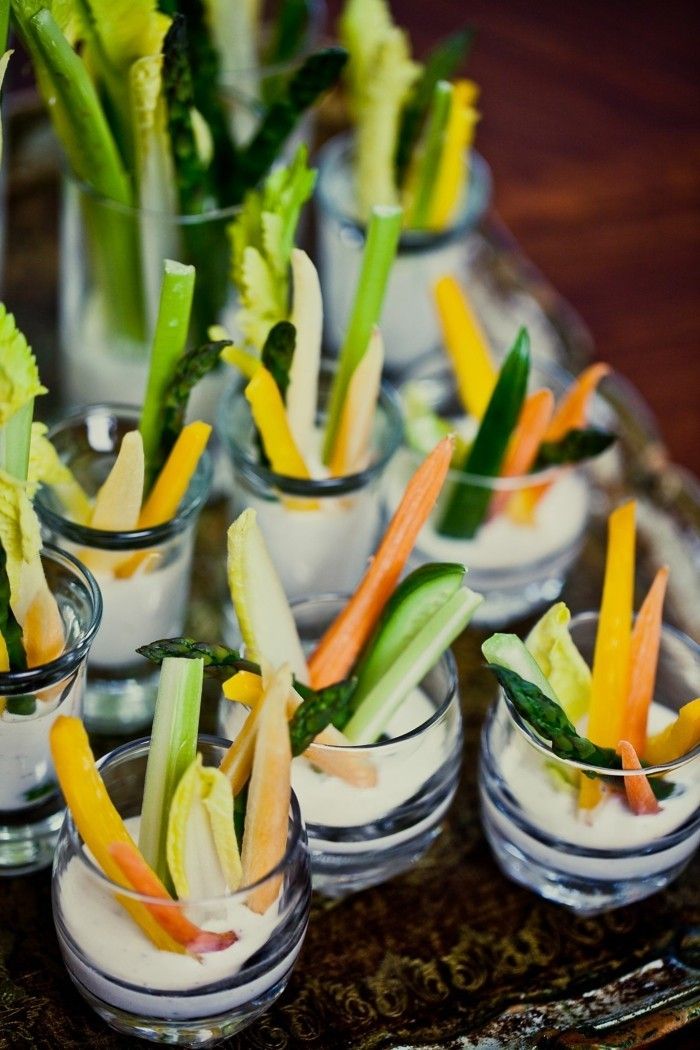 They can be prepared in various ways: stew, boil, bake, fry. You can cook them in a pan, or you can steam them.
They can be prepared in various ways: stew, boil, bake, fry. You can cook them in a pan, or you can steam them.
The multi-cooker with steam function is perfect for this. To use this function, you must use the steam container. The products will turn out to be very tasty and dietary, which is perfect for people on a diet.
This method of cooking helps preserve all the nutritional properties, microelements and vitamins in vegetables. Products can be used fresh or frozen.
Assorted colors
| Ingredients | Quantity |
|---|---|
| carrots - | 3 pcs. |
| Brussels sprouts - | 200 g |
| green beans - | 100 g |
| potatoes - | 200 g |
| water - | 2 l |
| salt and spices - | to taste |
| Cooking time: 60 minutes | Calories per 100 grams: 45 Kcal |
Everyone can cook vegetables. You don't have to be a culinary pro to do this. Vegetables can be mixed in any proportion and combined with each other.
Step-by-step recipe for steaming vegetables in a slow cooker:
- Cut potatoes and carrots into cubes. Combine everything in one bowl, salt, season with spices to your taste.
- Fill the multicooker bowl with water. Place a steamer on top. Fill it up.
- Use steam for 40 minutes.
- After the time has elapsed, check the vegetables for readiness. If they are not ready, then add water and add the cooking time.
- Vegetables can be eaten as a separate dish with herbs, sauce or vegetable oil. Vegetables are also an excellent side dish for meat dishes.
How to Steam Vegetables in a Multicooker for a Child
Young children cannot eat hard fresh vegetables due to their age.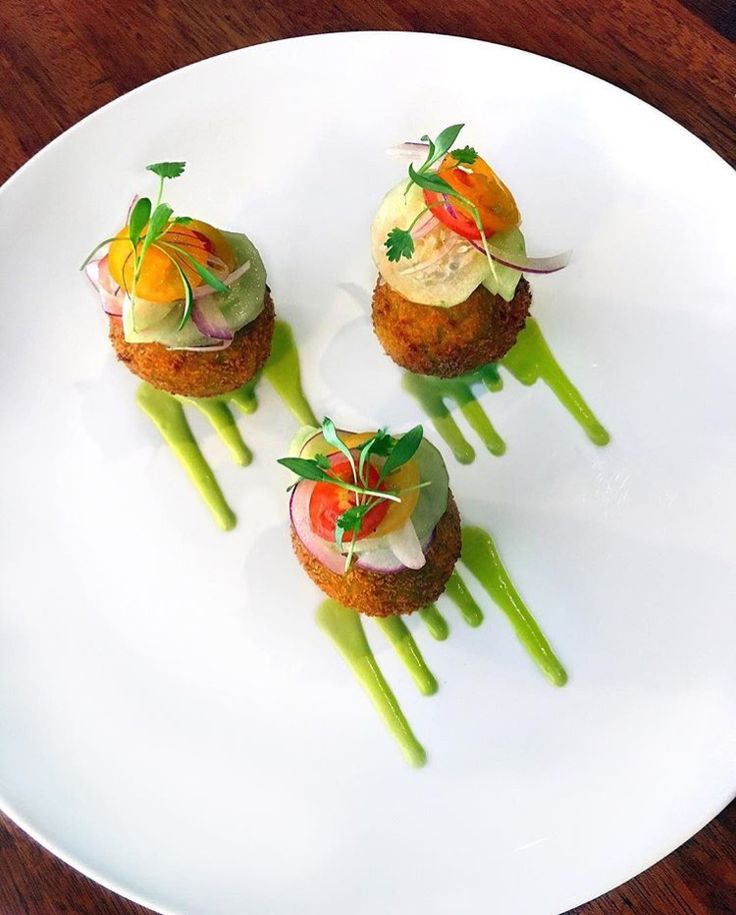 Therefore, you can cook vegetable puree using a slow cooker. This will be a very healthy and tasty dish.
Therefore, you can cook vegetable puree using a slow cooker. This will be a very healthy and tasty dish.
You need to cook with a small margin, because vegetables tend to boil a little and decrease in volume when cooked. You should also prepare only one serving, not leaving for tomorrow.
Mothers who care about their children will be happy to cook a great steamed lunch. You can take any vegetables that your child can.
Ingredients:
- 1 small marrow;
- 1 small carrot;
- 2 potatoes;
- 2 liters of water;
- 2 tsp olive oil.
Cooking time: 30 minutes.
Calories: approx. 75 kcal / 100 gr.
Recipe:
- Peel the ingredients and chop finely.
- Place vegetable pieces in the steamer. Fill the bowl with 2 liters of water and put it on top.
- On the panel, select the “steam cooking” mode, set the time to 20 minutes.
- When cooking is finished, remove the vegetables and cool them down to about 35 degrees.

- Add 100 ml of water and olive oil to the prepared vegetables. Make a puree using a blender. In just half an hour you have a healthy children's lunch.
How to cook vegetables with chicken breast
Chicken is a very healthy source of animal protein in our diet. It is available to any segment of the population and has excellent taste. For those who follow their figure, it is better to eat chicken breast.
It has less calories than other parts of the bird and does not contain fat. The healthiest way to cook chicken is steaming. For juiciness, it is better to cook in foil or a baking sleeve.
Can be cooked immediately with vegetables as a side dish. Any one you like best will do. You will have a balanced healthy dinner that does not take much time to prepare.
Ingredients:
- chicken breast - 1 pc;
- 3 tbsp soy sauce;
- 200 gr Brussels sprouts;
- 1 carrot;
- 200 gr green beans in pods;
- 2 liters of water;
- salt, spices to taste.

Preparation time: 1 hour.
Calories: approx. 70 kcal / 100 gr.
Recipe:
- Rinse the chicken breast, remove the skin. Pat dry with paper towel. Add the necessary spices to taste.
- Now you need to marinate it. To do this, fill the chicken with soy sauce. While we work on other ingredients, the breast will absorb the sauce and marinate well.
- Wash the zucchini and cut into cubes. Prepare string beans. Season everything with salt and spices.
- Place the chicken breast in foil or a roasting sleeve.
- Pour water into the multicooker and place the steam container. Put the pickled breast in it and set the cooking time for 45 minutes in the “steam cooking” mode
- After 25 minutes add vegetables to the chicken and wait for the end of the program.
- When the program is over, take out the chicken breast, unwrap the foil and let it cool down a bit. Serve with steamed vegetables as a side dish.
 A wonderful full dinner is ready.
A wonderful full dinner is ready.
How to cook frozen vegetables with fish
Fish is a very important food. It contains a lot of fatty acids, so necessary for our body. There are many ways to cook fish. Cooking fish is considered dietary. But this is how useful vitamins go into the water.
So we're going to steam. For this we need a multicooker. And to make the dish even tastier, we use foil. You can take any fish: red or white.
It is better to choose fillet, because there are practically no bones in it. As a side dish for fish, we will serve steamed vegetables, which we will cook together with fish. Thus, we will save time and will not stain extra dishes.
Ingredients:
- 500 gr hake fillet;
- 1 onion;
- 2 carrots;
- 2 yellow peppers;
- 200g mixed frozen vegetables;
- 1 lemon;
- 2 liters of water;
- salt, spices to taste.
Cooking time: 50 minutes.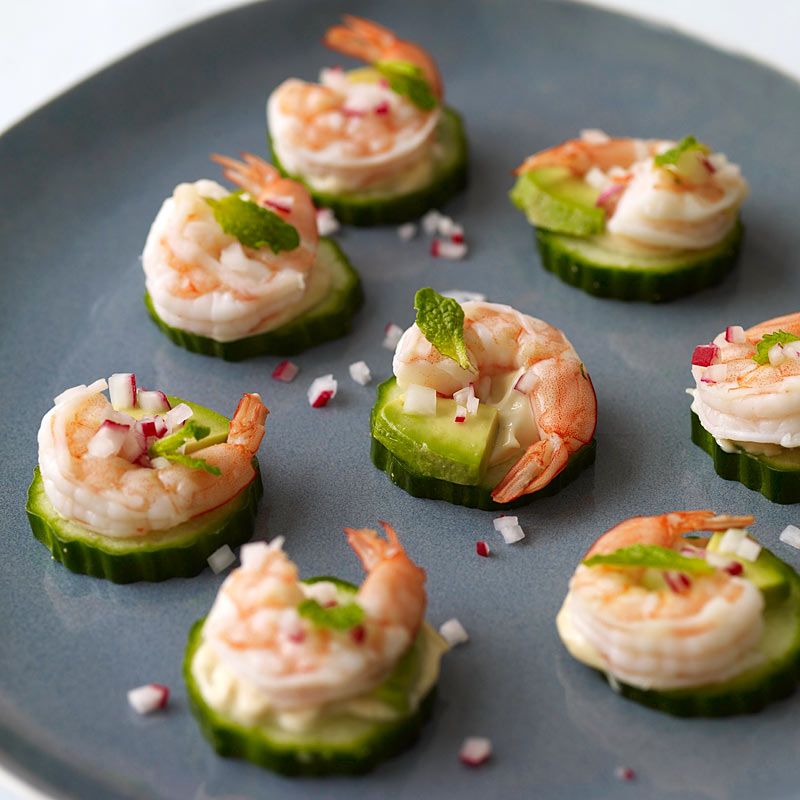
Calories: about 55 kcal / 100 gr.
Recipe:
- Salt the hake fillet, sprinkle with spices, sprinkle with lemon juice and leave to marinate.
- Peel onions and carrots. Wash sweet yellow peppers. Finely chop the onion, carrots into slices, and pepper into half rings. Salt and season with spices.
- Line the steam container with foil. Put in it pickled fish, frozen vegetables, onions, carrots and peppers.
- Fill the multicooker bowl with water, place the container. Select the “steam cooking” mode, setting the cooking time to 30 minutes.
- After the multicooker beeps, take out the fish and serve with steamed vegetables.
How to cook steamed vegetables for vinaigrette
Vinaigrette is a well-known salad. Each housewife has her own unique recipe. But the main ingredient - vegetables - is in every salad. Many people do not like to peel and cut boiled potatoes and beets, so you can try cooking already chopped vegetables.
We can do this very well with the multicooker. By steaming vegetables, we will retain the maximum of useful properties and simplify the mechanism for making vinaigrette.
Ingredients:
- 3 potatoes;
- 1 beet;
- 1 carrot;
- 2 liters of water.
Cooking time: 1 hour 25 minutes.
Calories: approx. 60 kcal / 100 gr.
Recipe:
- Wash vegetables, cut into small cubes. Place the beets in a steaming container.
- Fill the bowl with water. Turn on the "steaming" mode for 1 hour 20 minutes.
- 15 minutes after the start of cooking, add the carrots to the container.
- 35 minutes after the start of cooking, add the potatoes to the container.
- When cooking is complete, remove the vegetables and leave to cool. After cooling, you can cook vinaigrette from them.
Features of cooking in different multicookers
Multicookers have different bowl volumes, so water needs to be filled in different amounts. It should be remembered that water should not exceed ½ of the volume of the bowl and in no case should it touch the cooking container.
It should be remembered that water should not exceed ½ of the volume of the bowl and in no case should it touch the cooking container.
The different capacities of the multicookers make it necessary to keep an eye on the cooking time. The more powerful the appliance, the shorter the cooking time.
| Multicooker | Bowl capacity | Power |
|---|---|---|
| Polaris PMC 0349AD | 3 l | 500 W |
| Redmond ScyCooker CBD100S | 4.5 l | 1600 W |
| Panasonic SR-TMX530WTQ | 5 l | 840 W |
As we can see from the table, for the Polaris multicooker you need to take less water, but increase the cooking time. For the Redmond multicooker (Redmond), standard recipes are suitable. And Panasonic needs more water and more time.
Cook healthy and delicious meals with your kitchen assistants!
What else to read:
|

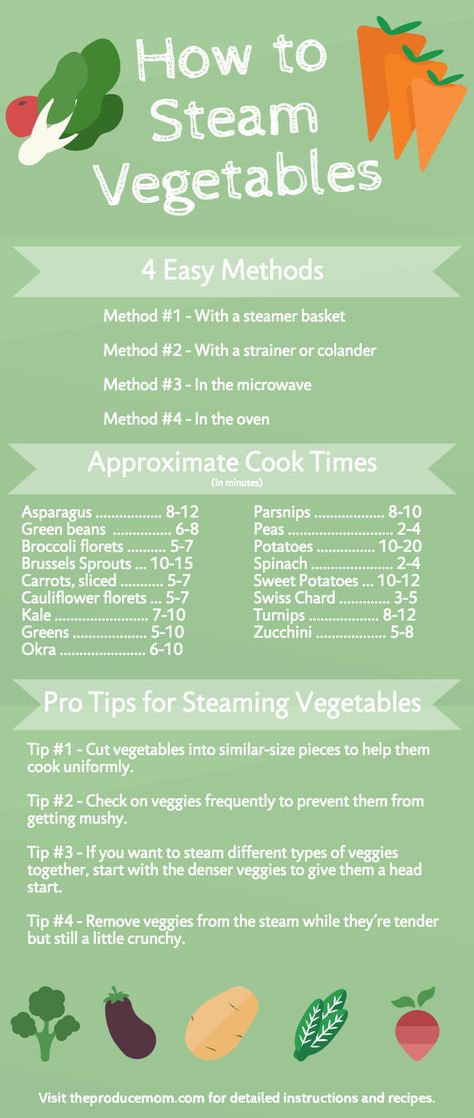 Homemade simple and delicious recipe
Homemade simple and delicious recipe 




